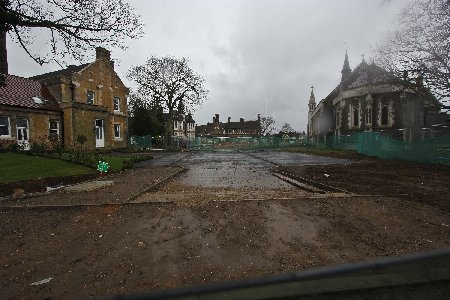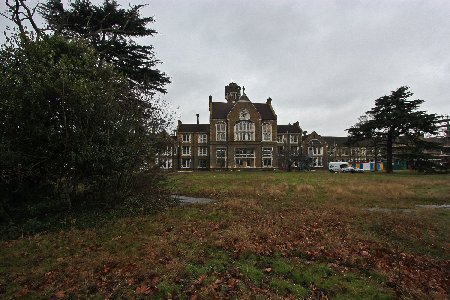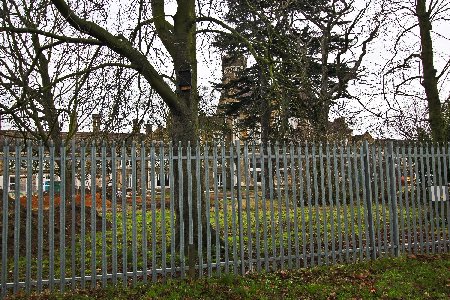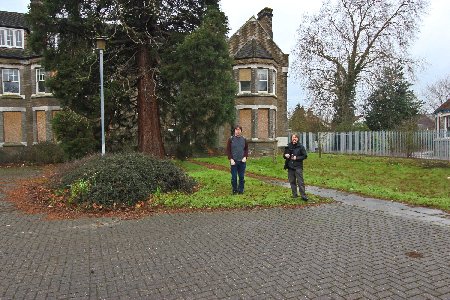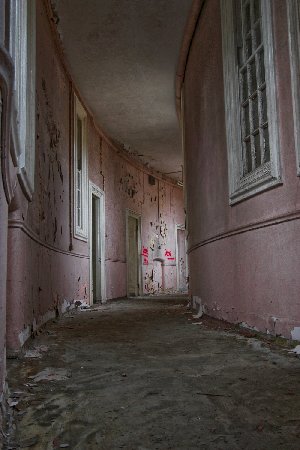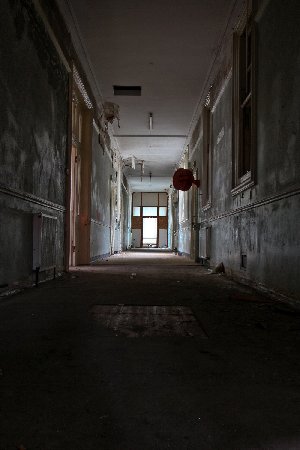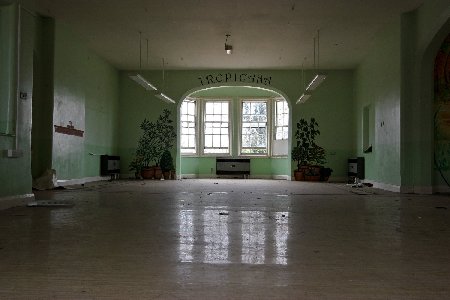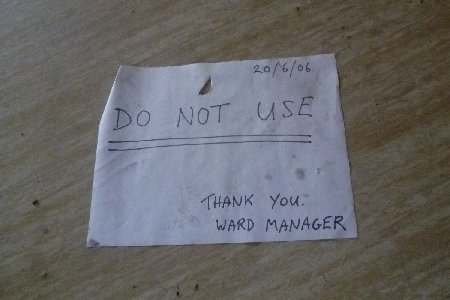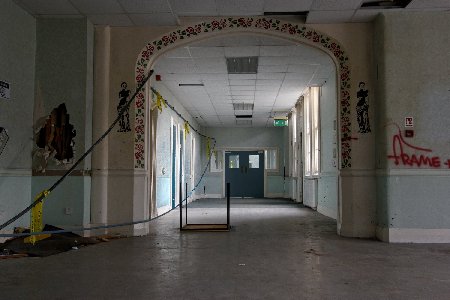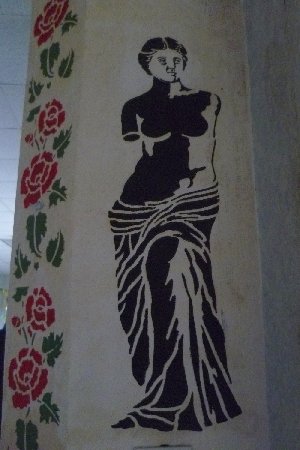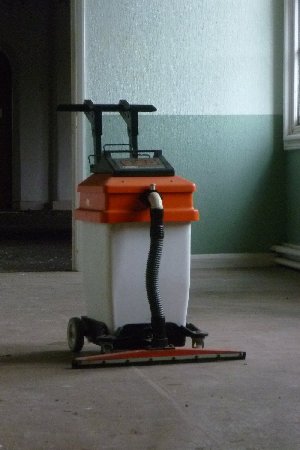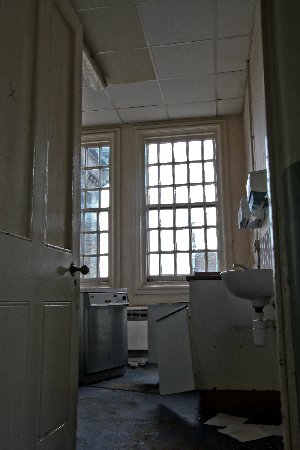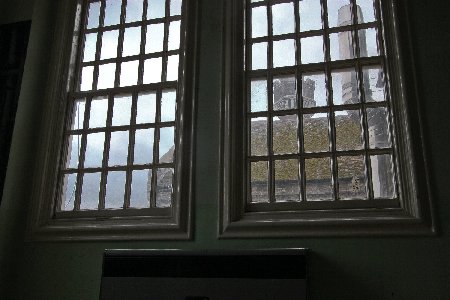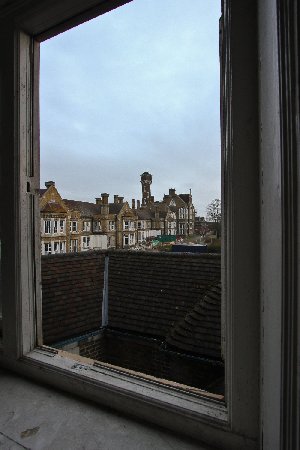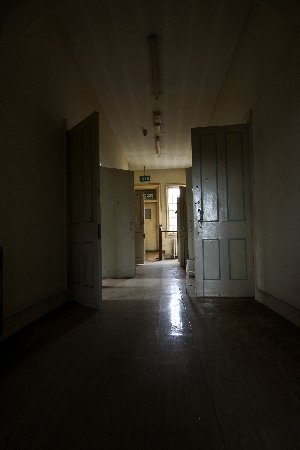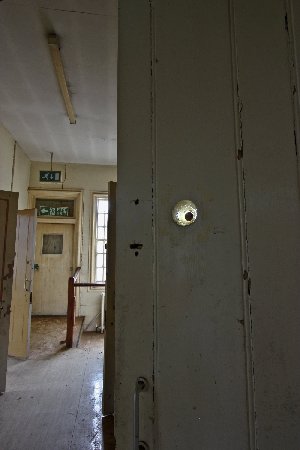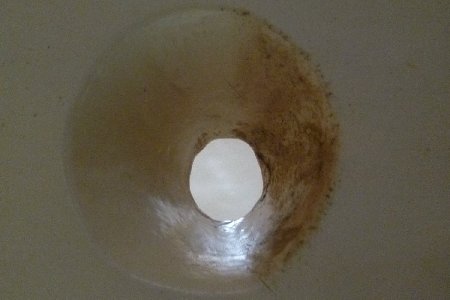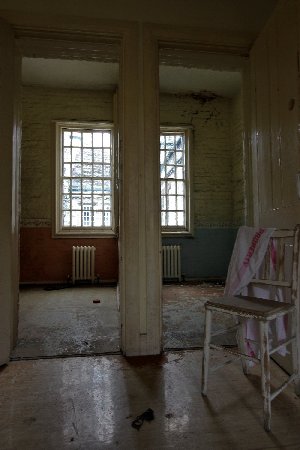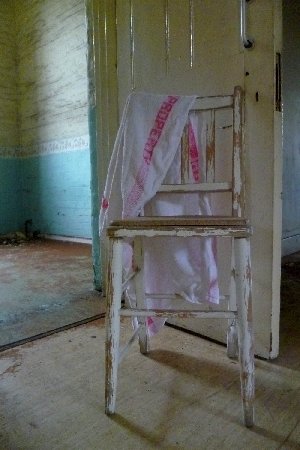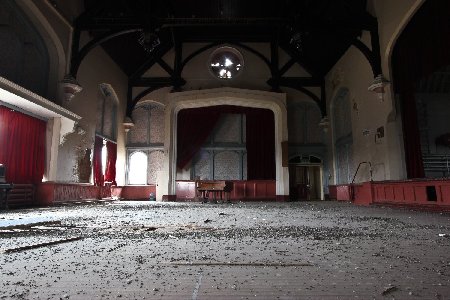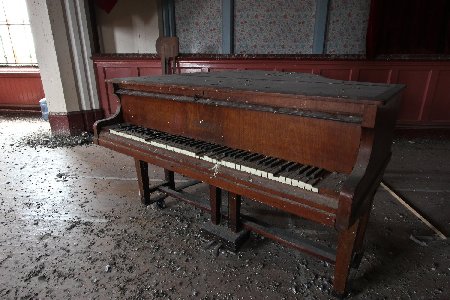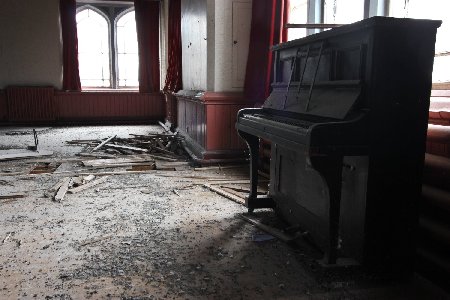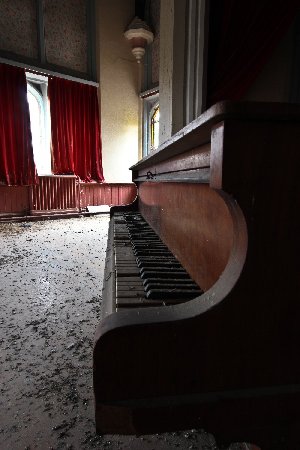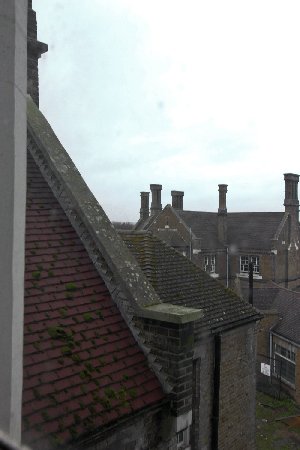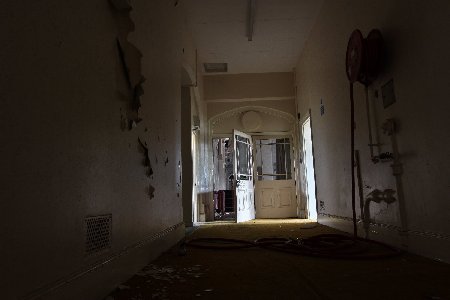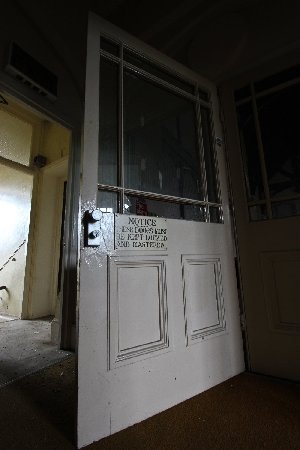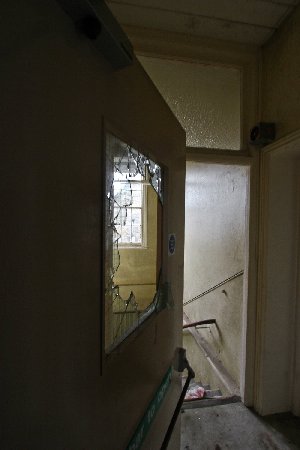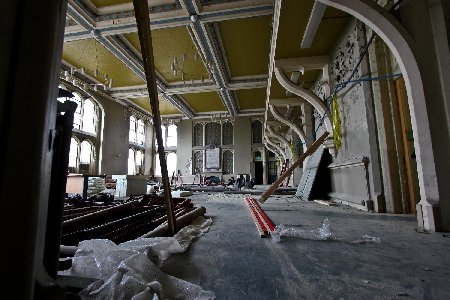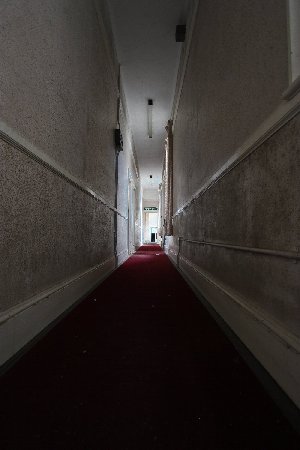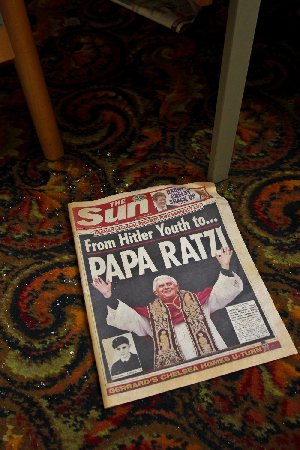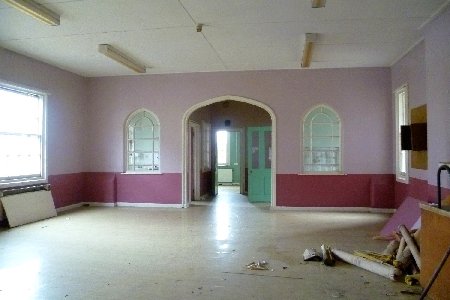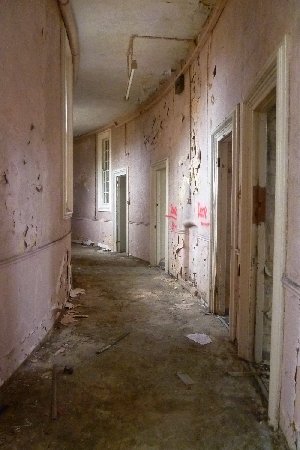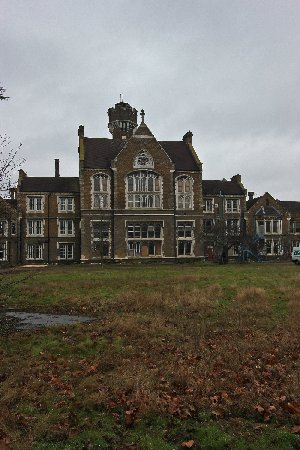|
A little history... Stone House was originally built between 1862 and 1866 under the direction of at the London Commissioners in Lunacy to provide for pauper lunatics from the east London area. Back then it's total construction price tag was £65,000. The buildings were designed in a Tudor Revival architectural style by James Bunstone Bunning, and the asylum as it was then, accommodated 220 patients. The grounds, at first 33 acres, were later expanded to 140 acres and included a working farm which was quite common in asylums of the Victorian period. Further additions to the original buildings were made in 1874, 1878, and 1885, including an expanded female wing and a separate hospital building for patients with infectious diseases, again common practice and something we have seen personally at both Whittingham and Cherry Knowle.
After 1892, the asylum was allowed to take in so called "private patients", patients whose fees were paid by their families, or from pensions. The influx of private patients resulted in a budget surplus, and enabled expansion and improvements of the asylum's facilities. In 1924 the facility was renamed the City of London Mental Hospital, and in 1948, as already mentioned, it was taken over by the new National Health Service and became known as Stone House Hospital. A 1998 assessment by Thames Healthcare suggested that the hospital was not suited for modern healthcare so plans for the hospital's closure were initiated in 2003 by West Kent NHS. Among its most famous patients was the poet and composer Ivor Gurney - RIGHT - who was diagnosed as suffering from "delusional insanity (systematised)". Interestingly he was also diagnosed as suffering delayed shell shock but it is now thought that he had long suffered from what we now refer to as Bipolar Disorder. Gurney had enlisted as a private soldier at the outbreak of The Great War but he was gassed whilst fighting in the Ypres Salient in 1917 and subsequently invalided out in 1918. In 1922 Gurney's mental health collapsed and he was admitted to a mental hospital in Gloucestershire for a short time before moving to Stone House where he remained until his death from Tuberculosis on the 26th. December 1937 at the age of 47. Gurney wrote prolifically during his asylum years producing some eight collections of verse. He also continued to compose music but by the 1930s he was writing little of anything. He was once described by a friend as being "so sane in his insanity".
|
 Stone House
Hospital was originally known as The City of London Lunatic Asylum and it
is located in Stone, near
Stone House
Hospital was originally known as The City of London Lunatic Asylum and it
is located in Stone, near
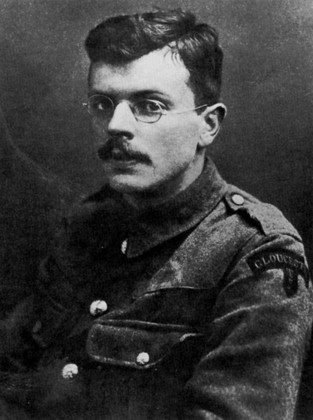 The first medical
superintendent of the Asylum was Dr. Octavius Jepson, who served from the
opening of the facility until 1887. When he died twelve years later, he
was buried in the asylum's cemetery.
The first medical
superintendent of the Asylum was Dr. Octavius Jepson, who served from the
opening of the facility until 1887. When he died twelve years later, he
was buried in the asylum's cemetery.